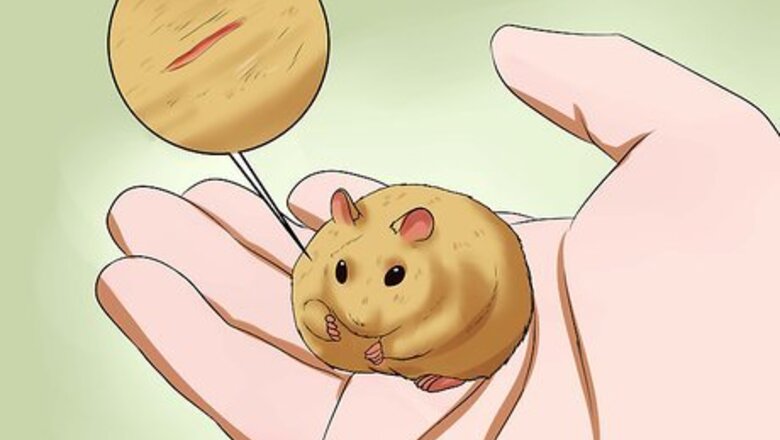
views
Assessing the Situation
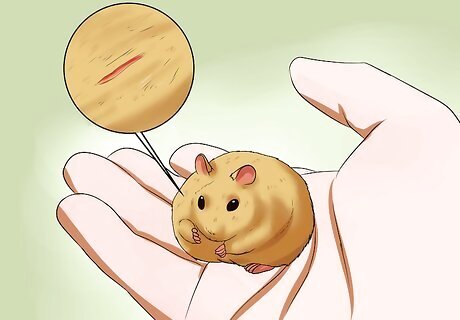
Look at your hamster’s injuries. Hamsters can get easily injured because their bodies and bones are so small. Fortunately, not all injuries are serious enough to require treatment by a veterinarian. Take a quick look at your hamster to see if his injuries look minor (e.g, small cuts and scrapes) or major (e.g., broken limbs, lots of bleeding). Minor injuries are typically treatable at home, but major injures require immediate veterinary care. If your hamster has major injuries, he will have other symptoms, including labored and raspy breathing, excessive squeals, and aggression when handled. Be mindful that hamsters can be good at hiding just how much pain they’re in.

Call your veterinarian. If your hamster’s injuries are major, call your veterinarian immediately to let him or know you will be arriving soon with an emergency case. Be aware that not all small animal veterinarians treat pocket pets (e.g., hamsters, gerbils, guinea pigs). If your veterinarian is not able to treat your hamster, ask if he or she can refer you to a veterinarian who can. By calling, your veterinarian can advise you on what first aid you can give your hamster before you get to the veterinarian’s office.
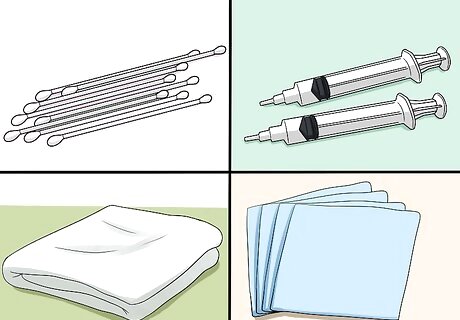
Gather your treatment supplies. If you have determined that your hamster’s injuries are minor, begin preparing to treat him at home. You will need a number of supplies, including clean towels, Q-tips, several 10cc syringes (without the needles), and some sterile 2 x 2 gauze. In addition, you will need a bottle of sterile saline, a disinfectant solution (Betadine) and an antibiotic ointment. You can find treatment supplies at your local pharmacy. Your veterinarian can advise you on the specific type of antibiotic ointment you should use. Betadine is also known as povidone iodine. Hydrogen peroxide has commonly been used as a disinfectant, but it may not be as beneficial as previously thought. The bubbling seen with hydrogen peroxide can damage cells, so using it may do more harm than good.
Treating Your Hamster’s Minor Injuries
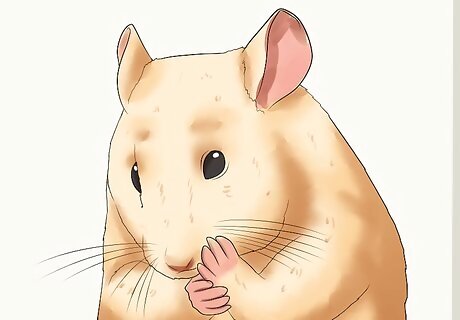
Let your hamster heal himself. Hamsters are very hardy animals and can recovery quickly from injury. If you see that he has only minor cuts and scrapes, consider letting him tend to them on his own. Many times, hamsters will lick and clean the wounds, which will heal them. The wounds from minor cuts and scrapes can become infected if your hamster doesn’t tend to them and clean them. An infected wound can turn into an abscess, which is a pocket of infection. Abscesses are serious and must be treated by a veterinarian. They will also require at-home care, such as wound cleaning and antibiotics.
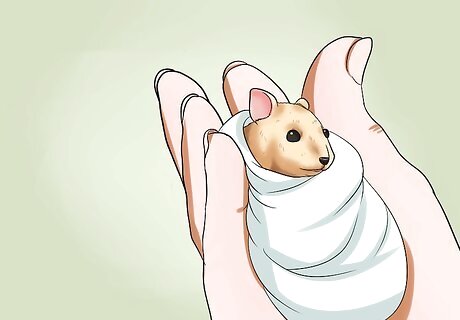
Restrain your hamster. Another option is for you to treat the minor injuries. Before getting to the wounds, wrap your hamster in a small, clean towel to restrain him. Hamsters can become very nippy when they are injured, so you should protect yourself from getting bitten. Wrap him up in such a way that you can still get to his wounds. Other than cuts and scrapes, your hamster may have skin sores as a result of injury. These are open wounds that look inflamed and might be bleeding. If there is not a lot of blood, you can treat the sores at home. Your hamster may not be able to clean open sores on his own, so you should do this for him.
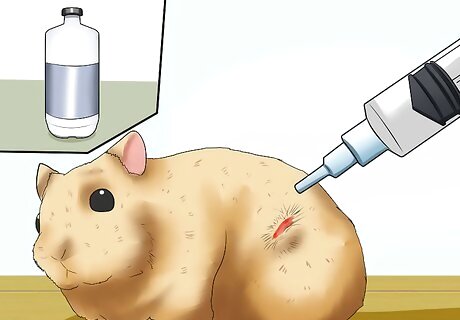
Clean the wound. With your syringe, draw up some sterile saline. Gently squirt the saline around the wound and pat the wound dry with a piece or two of the gauze. Do this a few times to make sure the wound is clean and free of debris. Cleaning it yourself can prevent abscess formation, since you will be able to clearly see how well you’ve cleaned it.
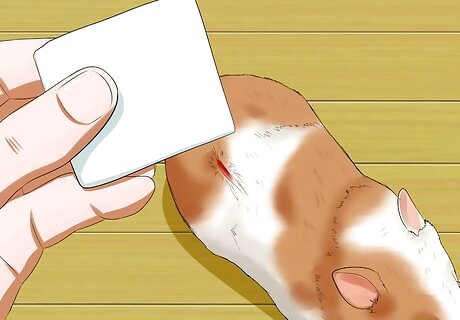
Disinfect and treat the wound. When the wound is dry, use another syringe to draw up a small amount of Betadine. Dispense this onto the wound and pat it dry with some more gauze. Apply a thin layer of antibiotic ointment to the wound with a Q-tip. Disinfecting the wound will help kill microorganisms that could cause infection. Betadine can stain your skin, so you may want to wear gloves when you use it.
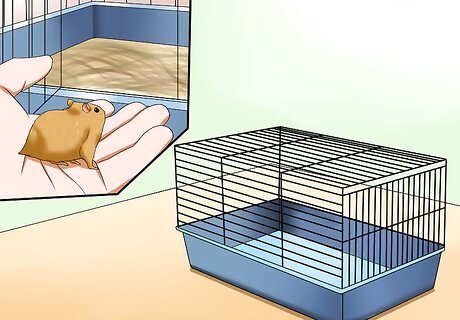
Place your hamster back in his cage. No matter the injury, it is important that your hamster rest and recover comfortably in his cage. Place his food and water bowls near his sleeping area. The cage should be in a warm and quiet area of your home. It is ideal that your hamster recover in a cage without bars, such as an aquarium, to prevent further injury. If you do not already have an aquarium and buying one isn’t practical, keep a close eye on your hamster when he is moving around in his cage.
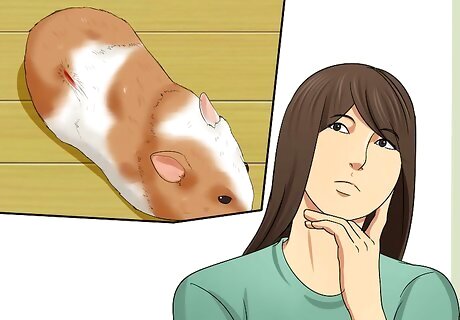
Determine what caused the injury. To prevent these minor injuries from happening again, you should try to identify what caused them in the first place. For example, your hamster may have rubbed against a sharp edged toy that cut his skin. Or, there may be a loose wire in his cage that is scraping against his skin. If your hamster has a cage mate with whom he doesn’t get along, they may have scratched or bitten each other. Your hamster’s nails might be too long, causing him to scratch himself. Whatever the cause, do your best to manage or remove it so your hamster doesn’t get injured again. This may involve separating your hamsters.
Treating Your Hamster’s Major Injuries
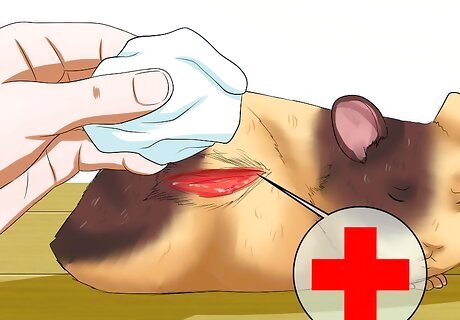
Give your hamster first aid. Major injuries must be treated by a veterinarian immediately. Giving your hamster first aid can stabilize him and increase his chances of survival before you get to your veterinarian’s office. First aid is most useful if your hamster is bleeding. With a small towel or piece of facial tissue, apply gentle pressure to the wound to try and stop the bleeding. Blood loss in a hamster can be life threatening, since hamsters do not have a lot of blood to begin with. Do not use up precious time waiting for the bleeding to stop!
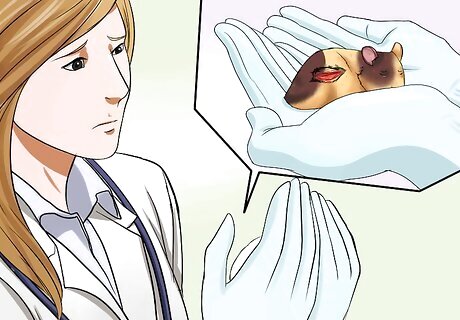
Take your hamster to your veterinarian. Your veterinarian will be able to provide further care for your hamster. When transporting your hamster, keep him wrapped up in a towel in his travel carrier. This will keep him calm and quiet during the ride. Prepare yourself for the possibility that your hamster may not make it. Some injuries are so serious that, no matter what a veterinarian does, the hamster will not survive. If your hamster is severely injured, the best option may be to put him to sleep (‘euthanasia’).
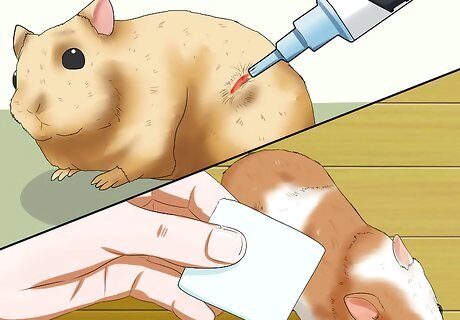
Treat the injury. Your veterinarian will do what he or she can to treat your hamster’s major injuries. For example, if there is an abscess from an infected wound, your veterinarian will lance and drain it. If your hamster has become dehydrated from not wanting to drink water after his injury, your veterinarian can give him fluids under his skin to rehydrate him. A serious wound may require stitches. If your hamster has a broken leg, you may be surprised that there’s not much your veterinarian can do to fix it. If he or she tries to put a splint or wrap on the limb, your hamster will likely chew it off. Your veterinarian will recommend that you let the broken bone heal on its own. The leg may be a little crooked as a result, but your hamster will be fine. To lessen the pain, your veterinarian may prescribe pain medication. Your veterinarian will recommend treatment for a broken limb only if your hamster is dragging it around or the leg looks inflamed. Be aware that if your hamster can no longer use his back legs, your veterinarian may recommend euthanasia.
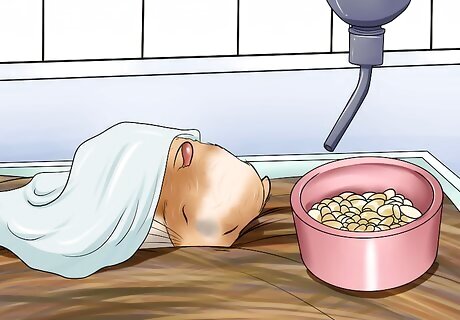
Care for your hamster at home. When you take your hamster home from the veterinarian, you will need to do a few things to keep him comfortable while he recovers. Other than pain medications, your veterinarian may recommend using a cold compress on the injury to lessen inflammation. Since your hamster is so small, his whole body could get cold from the compress. Keep him snuggly wrapped up during and after use of the compress to keep him warm. If your hamster has an infected wound, your veterinarian will send you home with antibiotics to give to your hamster. Your hamster may be in so much pain that he refuses to eat and drink. Hand-feed him by placing small bits of food in your hand and holding your hand close to his mouth. Handle him as little as possible when he is recovering.
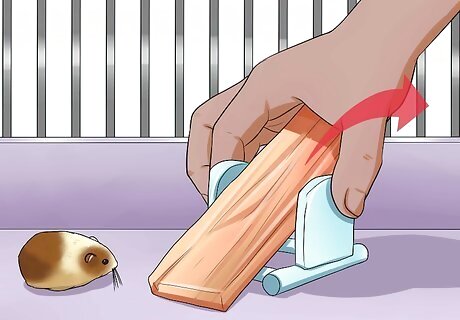
Remove any hazards from his cage. This is especially important if your hamster has a leg injury. Take out any toys or accessories that would require your hamster to use his legs, as well as ramps, ladders, and hamster wheels. Remove tubes that he would be tempted to crawl through. Keep only the necessities in his cage, such as comfortable bedding and bowls for food and water.
















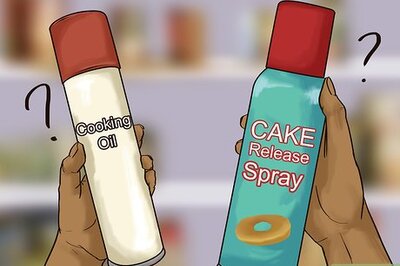
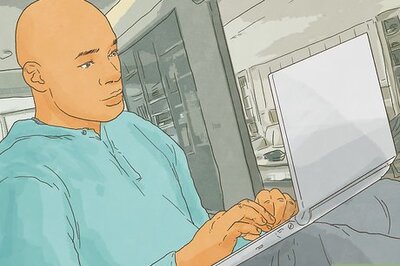
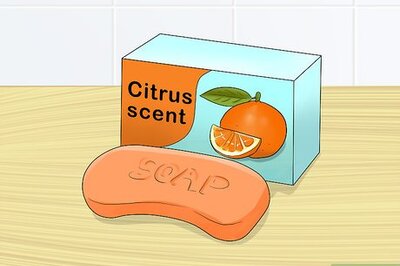
Comments
0 comment